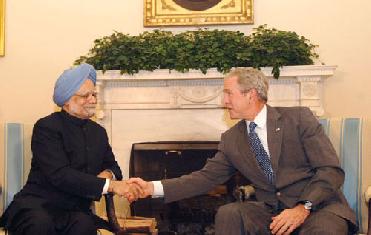
Prime Minister Dr Manmohan Singh with American President George W Bush at oval office in Washington, DC during his visit to the United States, on September 25, 2008
NEW YORK (BNS): The historic vote in the US senate on Wednesday approving the Indo-US nuclear deal would not only result in transfer of civilian nuclear technology to India, but also in significant inflow of other high-end technologies including in aerospace, some observers here say.
The US Senate vote comes four days after the House of Representatives approved the bill. The Berman Bill H R 7081, named after the democrat leader, has now completed the legislative process in the US, and is expected to be signed in New Delhi when US secretary of state Condoleezza Rice arrives here this weekend.
The US-India Business Council pointed out that the vote by the 110th US Congress "ends 34 years of a 'technology denial regime' imposed against India, opening a wide vista of opportunity for US-India collaboration in commerce, civil nuclear research, technology transfer and nuclear fuel supply � essential inputs to power India's dynamic, fast-growing economy."
Ever since India conducted its first nuclear tests in 1974 in Pokhran it has suffered at the hands of a tough technology denial regime imposed by an overwhelming number of foreign countries led by the US. Exceptions to this have been countries such as Russia and France. This denial regime has had its positive impact, with Indian scientists domestically making many impressive breakthroughs in military, space and nuclear fields among others.
Many officials see the Indo-US nuclear deal as a significant step forward in furthering cooperation between the two sides in the areas of space, defence and hi-tech where dual use equipment are rampantly used.
On the operational level while the US Congressional ratification of section 123 of the
US Atomic Energy Act "sets the parameters for US industry participation in India's civil nuclear build-out, but on a symbolic level represents a historic breakthrough, shoring up a durable foundation upon which US-India relations will flourish and America's partnership will deepen with the world's largest free-market democracy," said Ron Somers, the president of the US-India Business Council.
Somers said there was a "massive scope for commercial opportunity between US and Indian companies will also be the result, valued at more than $150 billion over the next 30 years, spurring a revival of the nuclear power industries of both countries that will create as many as a quarter million high-tech US jobs for generations to come."
The US Congress approval marks long and often contentious efforts by India to emerge out of the nuclear isolation it has suffered. The process was kick-started on July 18, 2005 when President George W Bush and Prime Minister Dr Manmohan Singh announced the US-India civil nuclear cooperation initiative.
President Bush visited India in March 2006, the fifth-ever US President to do so, and successfully intervened in concluding a separation plan, whereby India would isolate its
strategic nuclear program from its civil nuclear energy facilities.
On December 9, 2006, on the last hour of the last day of the 109th U.S. Congress, the
Atomic Energy Act of 1954 was amended by the US-India Henry J. Hyde Peaceful
Atomic Energy Act by overwhelming bipartisan support: 359-68 in the House of
Representatives and 85-12 in the U.S. Senate.
The Hyde Act allowed US companies to cooperate with India in civil nuclear trade and technology, but with one catch: India would first be required to negotiate a safeguards agreement with the International Atomic Energy Agency (IAEA), and achieve consensus approval by the 45-nation Nuclear Suppliers Group (NSG).
In July 2007, the so-called 123 Agreement between the United States and India was
hammered out, which sets the operational parameters guiding U.S.-India cooperation in
transfer and commerce of civil nuclear technology and fuel. Multilateral engagement then began in earnest at the IAEA, but these efforts suffered setback when the communist parties, who provided crucial support to the ruling front, withdrew their support demanding immediate suspension of the efforts. The withdrawal left Dr Singh with a minority support in Parliament, forcing him to seek a trust vote on July 22, where he managed a comfortable majority.
The IAEA safeguards agreement was completed on August 1, opening up India's existing civil nuclear programme for international inspection 'in perpetuity'. On August 21 and 22 the 45-nation Nuclear Suppliers Group (NSG) convened in Vienna to consider granting a waiver allowing NSG countries to commence international civil nuclear trade with India. A 'group of ten' NSG-countries resisted the move, prompting hectic international diplomacy. Ultimately, four 'hold-out' countries stood between India and NSG approval.
Finally, on September 4, India publicly issued assurances to mollify remaining concerns
of the NSG, re-affirming India's commitment to end nuclear testing and pledging its
support for a fissile material cut-off treaty.
In the early morning hours of September 6 a breakthrough in negotiations happened,
clearing way for the 45-nations of the NSG to reach consensus in support of a clean waiver of NSG rules for India. NSG approval opens-up for the first time in 34 years India's opportunity to trade in civil nuclear fuel and technology. NSG approval is effectively an international acknowledgement of India's responsible development and oversight of its domestic civil nuclear programme, which has operated without accident for more than three decades with no proliferation taking place beyond its borders.
Until September 6, all NSG-countries were eligible to trade in civil nuclear technology with India except the United States, which was bound by the Henry J Hyde Peaceful Atomic Energy Act of 2006, requiring ratification of the 123 Agreement. Today's passage of the legislation clears way for the US companies to participate in India's civilian nuclear market.
 Previous Article
Previous Article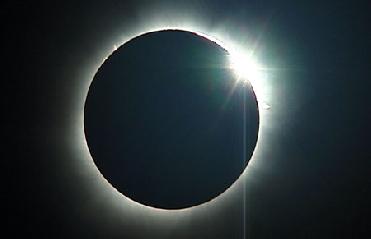
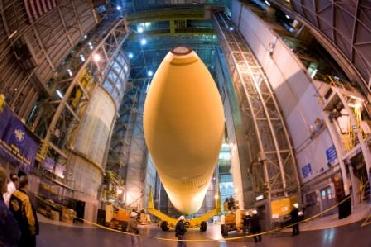
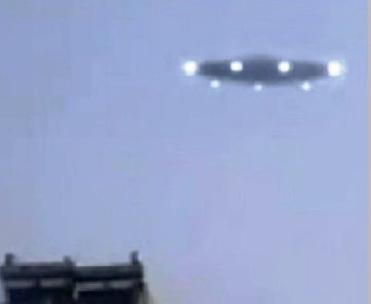
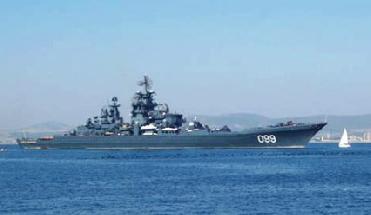










The Indian Air Force, in its flight trials evaluation report submitted before the Defence Ministry l..
view articleAn insight into the Medium Multi-Role Combat Aircraft competition...
view articleSky enthusiasts can now spot the International Space Station (ISS) commanded by Indian-American astr..
view article